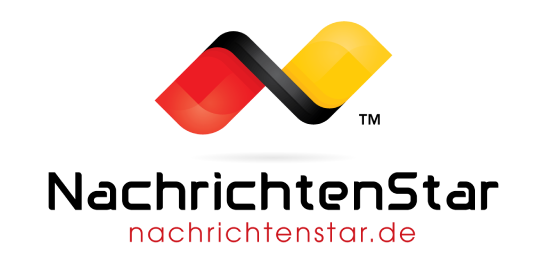Clean Beauty—and Why It Matters ist die Überschrift der Nachrichten, die der Autor von NachrichtenStar diesen Artikel gesammelt hat. Bleiben Sie auf NachrichtenStar auf dem Laufenden, um die neuesten Nachrichten zu diesem Thema zu erhalten. Wir bitten Sie, uns in sozialen Netzwerken zu folgen.
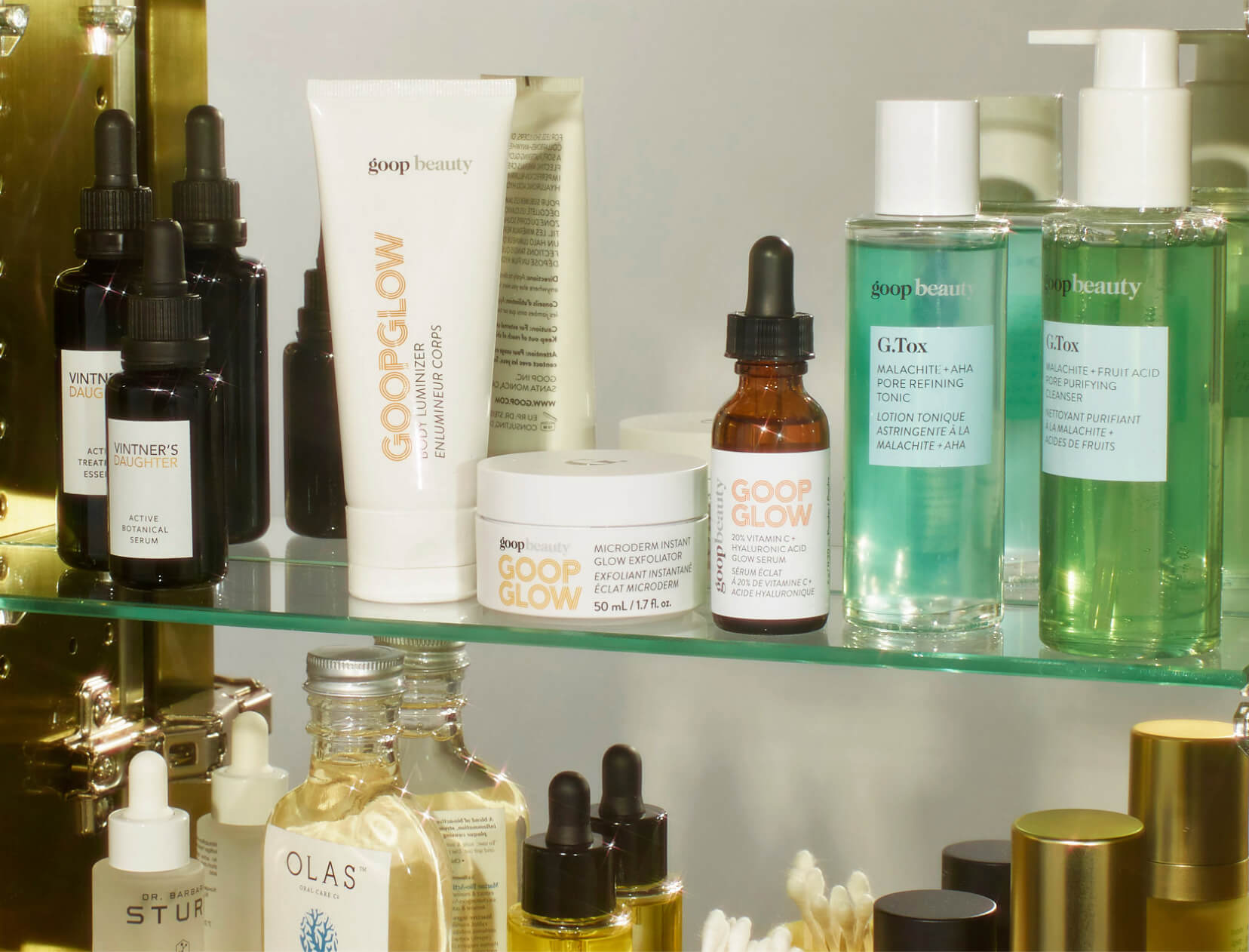
Clean Beauty—
and Why It Matters
“Clean beauty” is a largely unregulated term, created in response to the limited regulation of the beauty industry, by consumers and companies wanting a choice. In broad terms, clean beauty products are those made without ingredients shown or suspected to harm human health.
At goop, clean beauty means never compromising health for results. We are committed to making safe, clean products that deliver real results, free of ingredients linked to harmful health effects like hormone disruption, cancer, and skin irritation. Beyond that, we care for the overall environment, prioritizing ingredients that are ethically sourced, of nonanimal origin, and cruelty-free; we use sustainable or renewable biobased sources wherever possible. Further, we prioritize ingredients that are biodegradable, are nonpersistent in the environment, and don’t have potential to accumulate in animals. Our ingredients are screened for non-GMO feedstock and residual pesticides. And every ingredient in our formulas has a functional purpose.
At goop, clean beauty also has to be luxurious, high performance, and all-out enchanting, whether it’s a shampoo you use every day, a youth-boosting supercream that leaves your skin glowing, or a lip color you reserve for when you want to look and feel your prettiest. There’s no compromise to be made anymore—clean tech has gotten that good, so there’s even less of an excuse for conventional beauty companies to keep making products with potentially harmful ingredients.
-
 Grown Alchemist
Grown Alchemist
Nourishing Shampoo
goop, $49SHOP NOW -
 goop Beauty
goop Beauty
GOOPGENES All-in-One Nourishing Face Cream
goop, $98/$86 with subscriptionSHOP NOW -
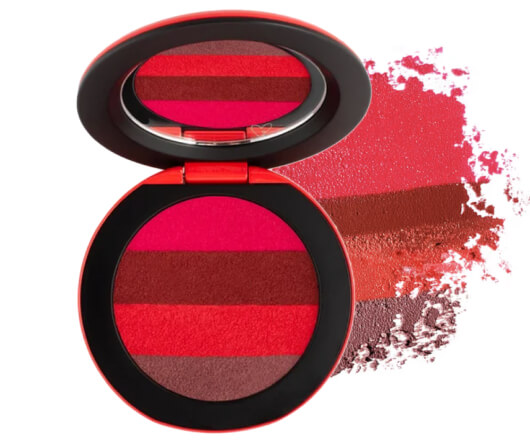 Westman Atelier
Westman Atelier
Lip Suede
goop, $85SHOP NOW
While it’s hard to believe that conventional beauty companies would ever include such ingredients in their products, the fact is that they do—it’s still common practice and perfectly legal. To give you an idea of where we are, consider that there are 11 cosmetic ingredients currently banned by the FDA, while in the EU, over 1,300 ingredients are banned (critics of this statistic say that some of the 1,300 banned ingredients are rare in cosmetic or personal-care products). Companies operating in the US face much less stringent regulations than companies operating in the EU do, so US companies continue to pack the products that we use every day (mascara, face wash, conditioner, and more) with potentially harmful ingredients that can include known carcinogens, irritants, and endocrine disruptors.
At goop, after a multipronged review of ingredients, our team makes conservative assessements of the research. If we suspect (based on published or ongoing testing) that an ingredient could have a potential for health risks, we avoid it and seek safer alternatives without compromising product performance. We screen against animal-derived ingredients, formaldehyde donors, BHT/BHA, cyclotetrasiloxanes, benzophenone-3, parabens, hydroquinone, triclosan, polyacrylamides, ethanolamines, PFAS, and many others that were once used widely without known issues; today, they are known to have health or environmental consequences (or both). So our approach—a proactive, future-forward consciousness about our health and the health of our planet—focuses on providing cleaner beauty choices.
Clean beauty critics are quick to poke holes in misinformation about lengthy banned ingredient lists (with up to 5,000 ingredients) touted by certain brands. Some of these lengthy banned lists include chemicals that have never been used in the beauty industry to begin with. At goop, clean ingredient screening is less a numbers game and more about risk and hazard analysis. Our scientists, toxicologists, and regulatory experts scour regulations and available evidence from around the world (not just in the US or the EU) before making a determination about whether certain ingredients are acceptable to use.
Stream it now
HBO Max’s Not So Pretty, a four-episode documentary on the beauty industry, brings scientists, lawyers, activists, and experts together to reveal the significant dangers that common conventional beauty and personal-care products expose us to, including chemicals that disrupt our hormones; asbestos, which has been found in makeup and baby powder and has the potential to cause mesothelioma (a particularly deadly form of cancer); and hair products that have caused hair loss in thousands of women. They investigate not just the health consequences of this minimally regulated industry but the racism and environmental damage it perpetuates, too. From filmmakers Kirby Dick and Amy Ziering (Allen v. Farrow, On the Record, The Hunting Ground), each 30-minute episode (one each on hair, skin, nails, and makeup) contains shocking research and personal testimony; it’s hard not to stream all four episodes at once.
Always Clean: Bestsellers Here on goop
-
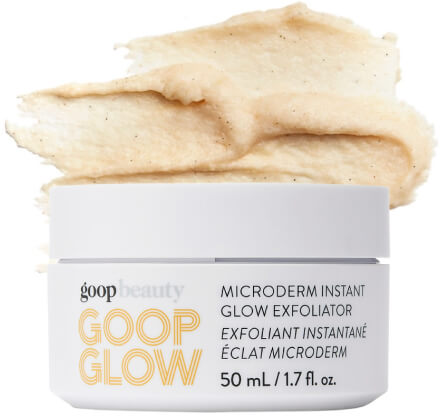 goop Beauty
goop Beauty
GOOPGLOW Microderm
Instant Glow Exfoliator
goop, $125/$112 with subscriptionSHOP NOW -
 Vintner’s Daughter
Vintner’s Daughter
Active Botanical Serum
goop, $195SHOP NOW -
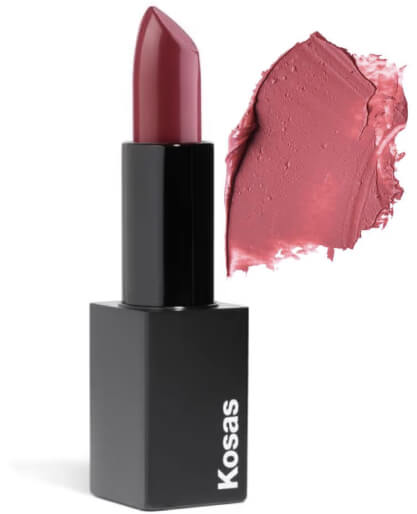 Kosas
Kosas
Weightless Lip Color
goop, $28SHOP NOW
Don’t Trust “Fragrance” When You See It on an Ingredient Label
Cosmetics companies aren’t required to disclose what’s inside ingredients on their labels that are considered trade secrets; fragrance is one of these. Say a company doesn’t want a particular ingredient on its label: All it has to do is tuck that ingredient inside its trade-secret-protected mention of “fragrance” and it can use the ingredient without disclosing it. This loophole means that any skin-care, makeup, fragrance, hair-care, or bath product can contain many potentially harmful ingredients with no mention of them, with trade-secret label terms like “fragrance,” “perfume,” “parfum,” and “flavor” serving as Trojan horses for thousands of potentially dangerous ingredients that conventional cosmetics companies include but don’t want consumers to see. Here’s a story that goes deeper into the issue.
Fragrances in goop Products
Much of the allure of any great perfume lies in its mystery, and there’s no doubt that goop’s perfumes are deeply mysterious. At the same time, though, they’re transparent in a fundamental and unique way—one that goes against all convention in the fragrance industry: Every precious, evocative ingredient is right there on the label.
-
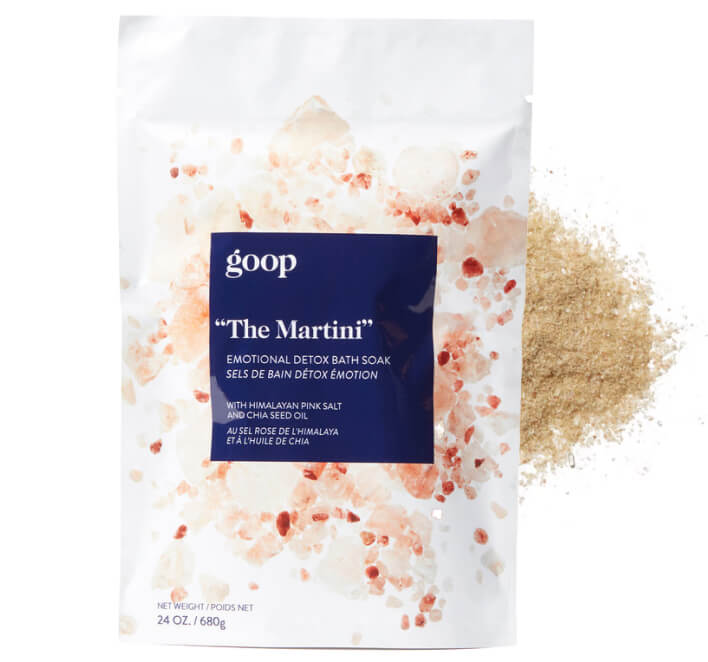 goop Beauty
goop Beauty
“The Martini”
Emotional Detox
Bath Soak
goop, $40SHOP NOW -
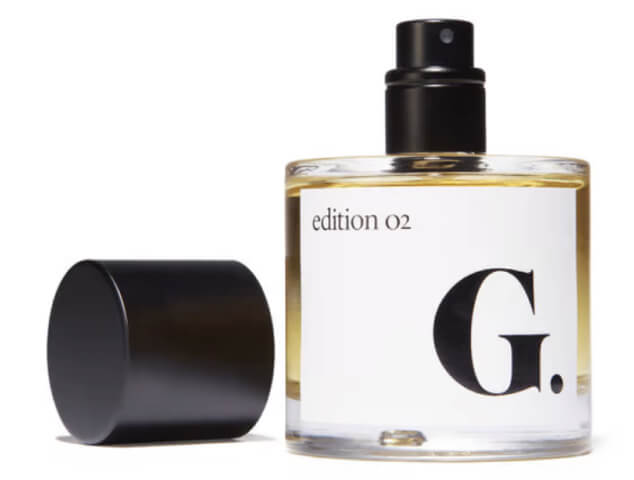 goop Beauty
goop Beauty
Eau De Parfum: Edition 02 – Shiso
goop, $125SHOP NOW
What’s more, points out Gwyneth, who collaborated with perfumer Douglas Little of Heretic to create the scents, these ingredients go beyond clean in that many have been used for centuries for aromatherapeutic and spiritual benefits to the wearer. Learn more here.
-
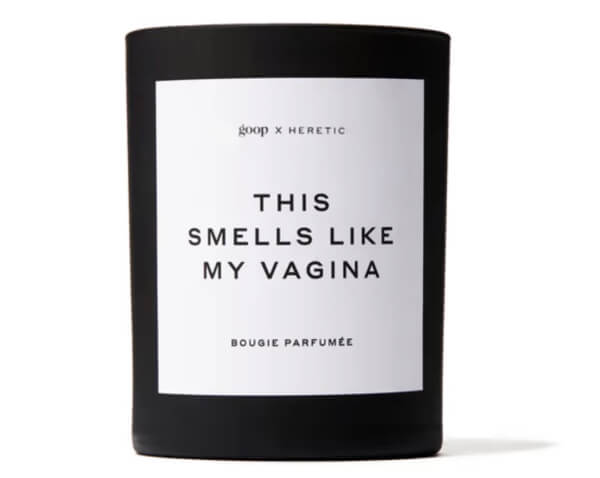 goop x Heretic
goop x Heretic
This Smells Like My Vagina Candle
goop, $75SHOP NOW -
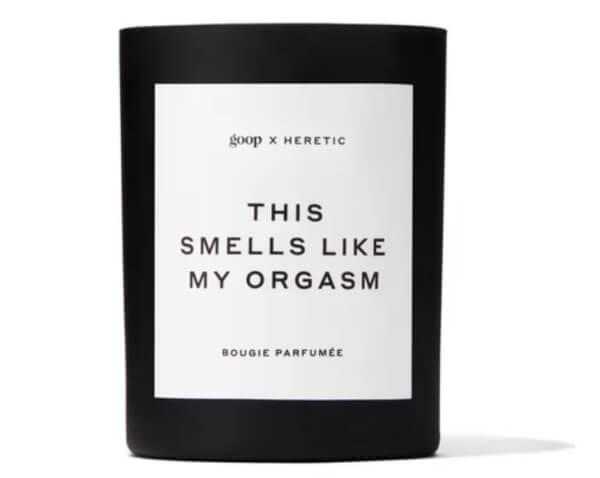 goop x Heretic
goop x Heretic
This Smells Like My Orgasm Candle
goop, $75SHOP NOW
The Reason Endocrine Disruptors Are So Scary
Chemicals that have the ability to mimic the body’s hormones are classified as endocrine disruptors. They include parabens (a routinely used class of preservatives; look for words ending in “-paraben” on labels, like “butylparaben,”) and chemical sunscreens. As the name suggests, endocrine disruptors mess with the endocrine system, which regulates our body’s essential rhythms (like metabolism, mood, and reproductive processes). The reason endocrine disruptors are particularly dangerous is counterintuitive at first: They come in very tiny doses. It’s their micro size, though, that allows them to impersonate our own hormones (also very tiny), altering the production levels of our hormones and the way they behave. Endocrine disruptors have been linked to severe long-term health damage, including reproductive issues, birth defects, metabolic problems, and cancer. (Parents, take note: Endocrine disruptors are even more of a concern for little ones with developing systems.)
Known Carcinogens Are Legal in Beauty Products
It’s mind-boggling but true: Today, ingredients that are known or potential carcinogens—meaning they can cause cancer—are frequently put in beauty and personal-care products, and it’s completely legal to do so.
“The dose makes the poison” is a common argument used by the conventional beauty industry—the idea that it’s okay to use ingredients with the potential to harm health because the amount used is very small or because there is not enough data to assess long-term toxicity. At goop, we think instead about the long-term and cumulative exposure of these ingredients in cosmetics, food, and other sources. Given the choice, we’d rather not risk our health. Prevention is always better than the cure—and perfectly safe and effective beauty products can easily be made without potentially harmful ingredients.
A main carcinogen to be aware of is formaldehyde, which can be used as a preservative in makeup, hair care, body products, fragrance, and skin care. To make matters worse, formaldehyde is never listed on labels; what is listed are the chemicals in formulas that release formaldehyde (when added to water, they slowly decompose, forming molecules of formaldehyde). Here’s what to look for: 2-bromo-2-nitropropane-1,3 diol (bronopol); diazolidinyl urea; DMDM hydantoin; imidazolidinyl urea; sodium hydroxymethylglycinate; and quaternium-15. Some good news: Some retailers and brands (including goop) have self-banned these ingredients.
Where We’re At with Clean Beauty Legislation
Signed by FDR back in 1938, the Federal Food, Drug, and Cosmetic Act (FD&C Act) restricted the FDA so that it could not require companies to disclose the amount of each ingredient they use in a given product; in addition, it allocated virtually no funding toward uncovering potentially dangerous ingredients, and the ruling still stands today. In 2019, the Personal Care Products Safety Act—cosponsored by senators Dianne Feinstein (D-California) and Susan Collins (R-Maine), with widespread industry support from big players like Johnson & Johnson, Procter & Gamble, Revlon, L’Oréal, Estée Lauder, and Unilever—would have required cosmetics companies to register their facilities with the FDA and submit ingredient lists disclosing the amount of each ingredient to the FDA. It didn’t pass.
Today, a suite of bills known as the Safer Beauty Bill Package is being reviewed in Congress. Together they aim to ban 11 of the most toxic chemicals—among them mercury, formaldehyde, parabens, phthalates, phenylenediamines (hair-dye chemicals), and the entire class of PFAS, or “forever” chemicals. They also would require beauty companies to disclose their flavor and fragrance ingredients and ensure supply-chain transparency as well. And because women of color and salon workers are among the most highly exposed to toxic chemicals (in the products marketed to them or commonly found in their workplaces), part of the package focuses specifically on those populations.
Taking the action of contacting your congressperson has particular power right now, as these bills are being considered. If you, like us, think beauty products shouldn’t contain ingredients known to be toxic to humans, let your legislators know now.
Greenwashing, Clean-Washing, and Science-Washing
Even with FDA and FTC regulations in place (like the FTC’s Green Guides), companies continue to use many adjectives to market and greenwash these potentially harmful products—“natural,” “green,” and “eco,” for example, have no clear definition. And even the word “clean” can mean different things at different companies.
The lack of clear regulations in the beauty industry has led to some bad science and fear-mongering, too. “Clean” or “natural” doesn’t mean a product is chemical-free (all natural ingredients are, of course, chemicals), safer, or more sustainable, and “synthetic” doesn’t mean it is bad. The clean beauty movement isn’t perfect; it’s evolving—and our goal here at goop is evolve with the science in the most transparent way we can.
What Clean Means at goop
At goop, we’ve created our own strict standards of what we call clean beauty, which you’ll see in action in our own beauty lines (goop skin care, fragrance, hair care, and body care), in all the products sold in the goop clean beauty shop, and in all our editorial stories as well. Clean, for us, means that a product is made without a long (and ever-evolving) future-forward list of ingredients linked to harmful health effects, which can range from hormone disruption and cancer to plain old skin irritation, as well as ecological impacts. To name a few of the offenders we avoid: parabens, phthalates, resorcinol, PEGs, ethanolamines, chemical sunscreens, BHT, PFAS, and heavy metal compounds.
We look to published and ongoing scientific studies as we make decisions about which ingredients we can live with and which we can’t. The science can be murky, but we avoid the clear offenders. Do you want antifreeze (propylene glycol) in your moisturizer? We’re going to guess no.
Do we love luxurious, incredible-smelling, super effective, beautifully pigmented beauty products? We do—and we make them, sell them, and write about them. Is making cleaner products more difficult, more expensive? Yes. Is it worth it? Yes. Clean beauty involves no compromises in terms of quality, efficacy, or luxury at this point; it’s a beautiful thing. Our ultimate goal? For more people to vote with their dollars (at goop or elsewhere) so that someday, we won’t have to wonder what’s in this perfume or that face cream, because all of it will be clean and safe.
Why We Make and Sell Clean Beauty Products
Our award-winning skin care, hair care, fragrance, and body products are all crafted with high-performance clean ingredients—we make every product safe enough for our children and also strong enough for those of us who have spent too much time in the sun, luxurious enough for those who love a delightful indulgence, and powerful enough to change the way we look and feel.
For Your Skin
-
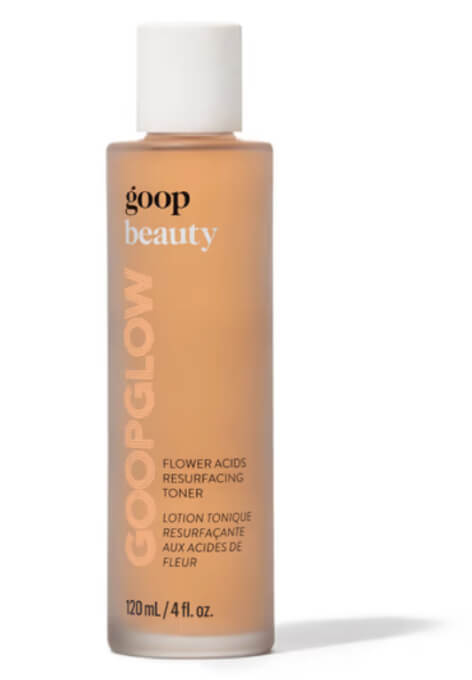 goop Beauty
goop Beauty
GOOPGLOW Flower Acids Resurfacing Toner
goop, $45/$40 with subscriptionSHOP NOW -
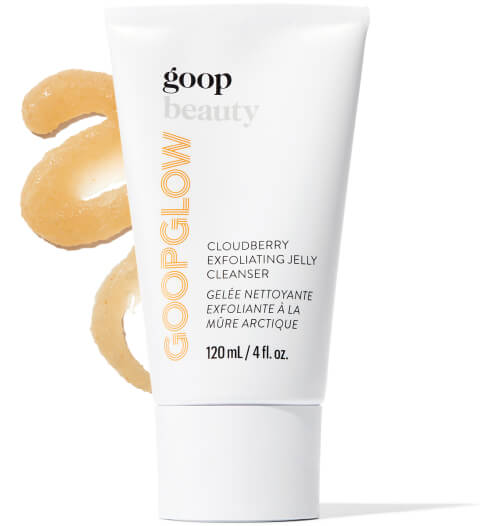 goop Beauty
goop Beauty
GOOPGLOW Cloudberry
Exfoliating Jelly Cleanser
goop, $28/$25 with subscriptionSHOP NOW -
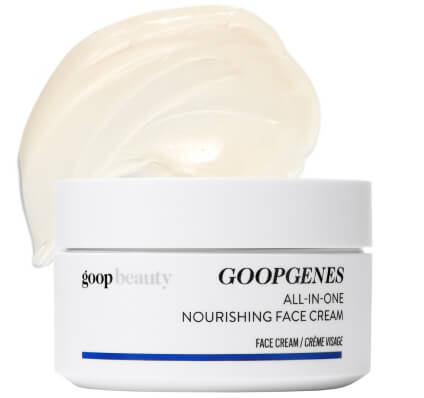 goop Beauty
goop Beauty
GOOPGENES All-in-One
Nourishing Face Cream
goop, $98/$86 with subscriptionSHOP NOW -
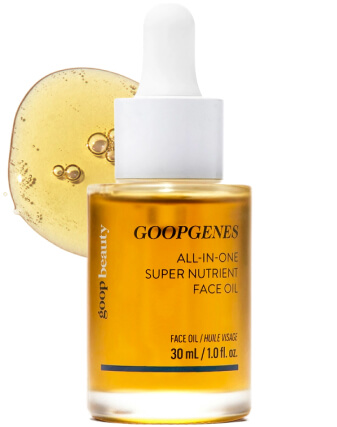 goop Beauty
goop Beauty
GOOPGENES All-in-One
Super Nutrient Face Oil
goop, $98/$89 with subscriptionSHOP NOW -
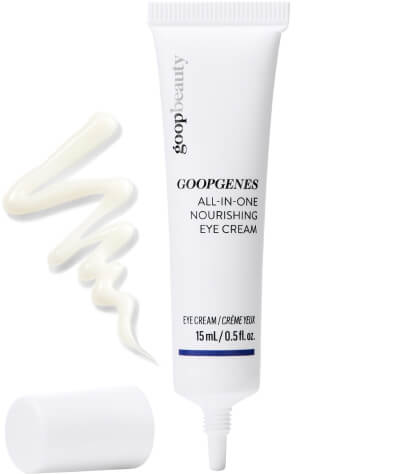 goop Beauty
goop Beauty
GOOPGENES All-in-One
Nourishing Eye Cream
goop, $55/$50 with subscriptionSHOP NOW -
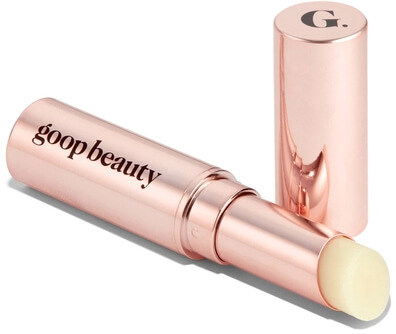 goop Beauty
goop Beauty
GOOPGENES Clean
Nourishing Lip Balm
goop, $20SHOP NOW -
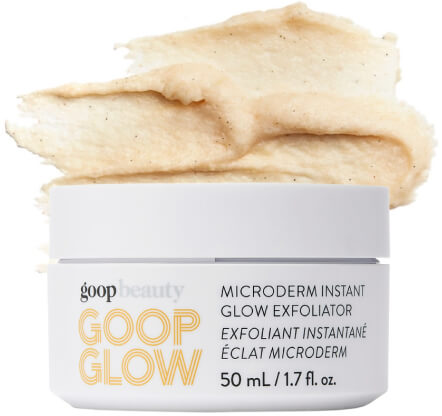 goop Beauty
goop Beauty
GOOPGLOW Microderm
Instant Glow Exfoliator
goop, $125/$112 with subscriptionSHOP NOW -
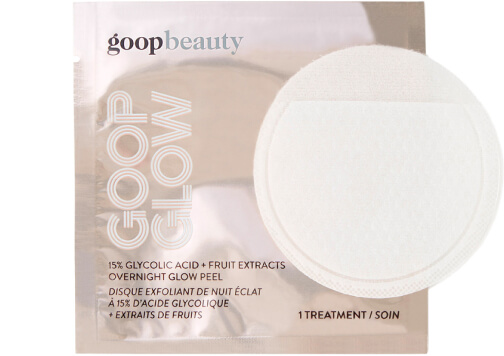 goop Beauty
goop Beauty
GOOPGLOW 15% Glycolic Acid Overnight Glow Peel
goop, $125/$112 with subscriptionSHOP NOW -
 goop Beauty
goop Beauty
GOOPGLOW Glow Lotion
goop, $58/$52 with subscriptionSHOP NOW
-
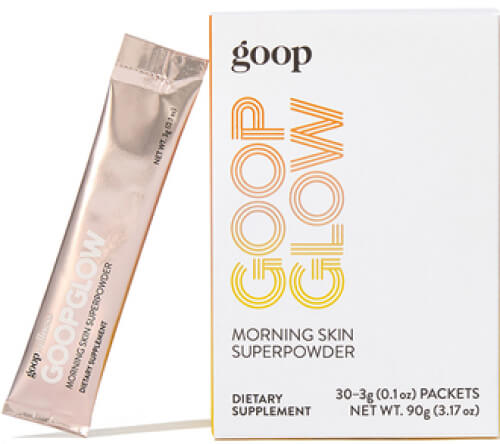 goop Beauty
goop Beauty
GOOPGLOW Morning
Skin Superpowder
goop, $60/$55 with subscriptionSHOP NOW -
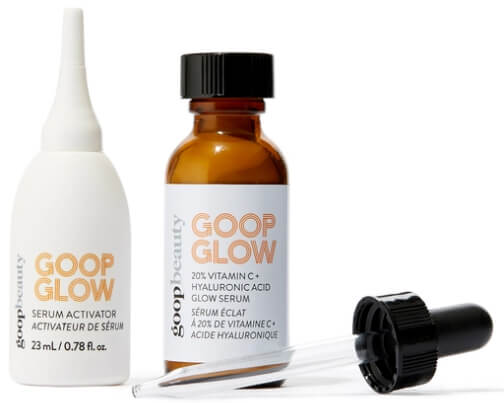 goop Beauty
goop Beauty
GOOPGLOW 20% Vitamin C +
Hyaluronic Glow Serum
goop, $125/$112 with subscriptionSHOP NOW
For Your Hair
-
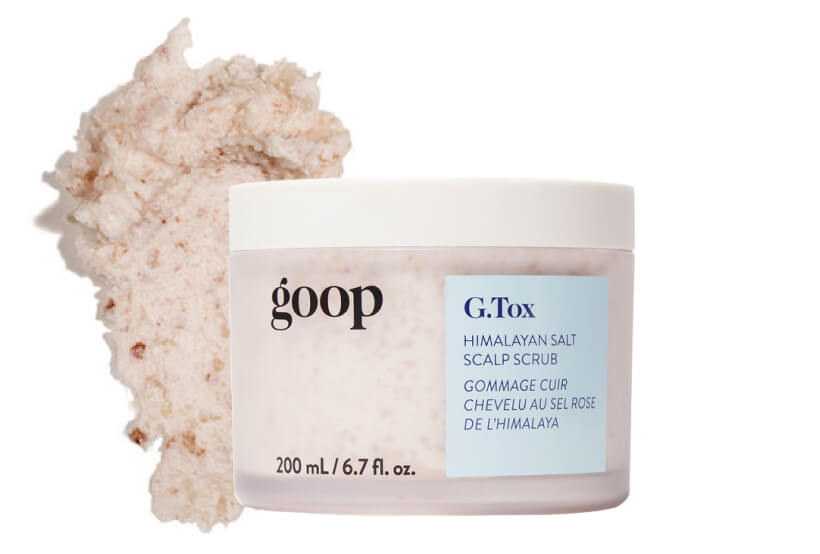 goop Beauty
goop Beauty
G.Tox Himalayan Salt
Scrub Shampoo
goop, $45/$38 with subscriptionSHOP NOW -
 goop Beauty
goop Beauty
GOOPGLOW Restore +
Shine Hair Serum
goop, $45/$38 with subscriptionSHOP NOW
For Your Body
-
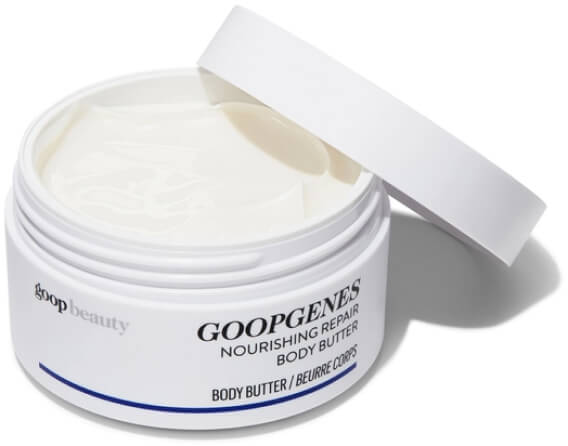 goop Beauty
goop Beauty
GOOPGENES Nourishing
Replair Body Butter
goop, $58/$50 with subscriptionSHOP NOW -
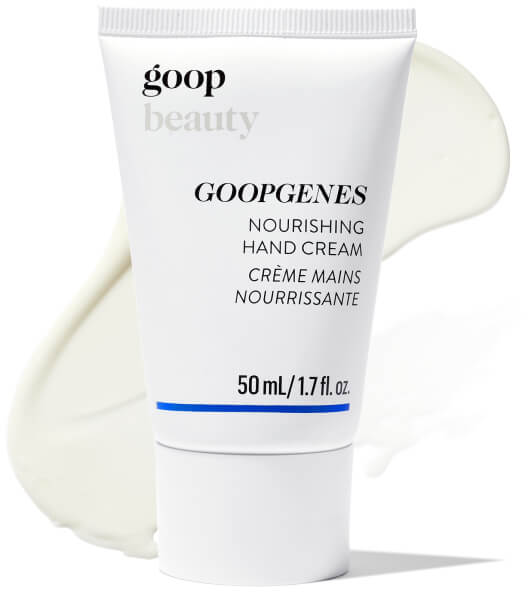 goop Beauty
goop Beauty
GOOPGENES Nourishing
Hand Cream
goop, $25/$23 with subscriptionSHOP NOW
-
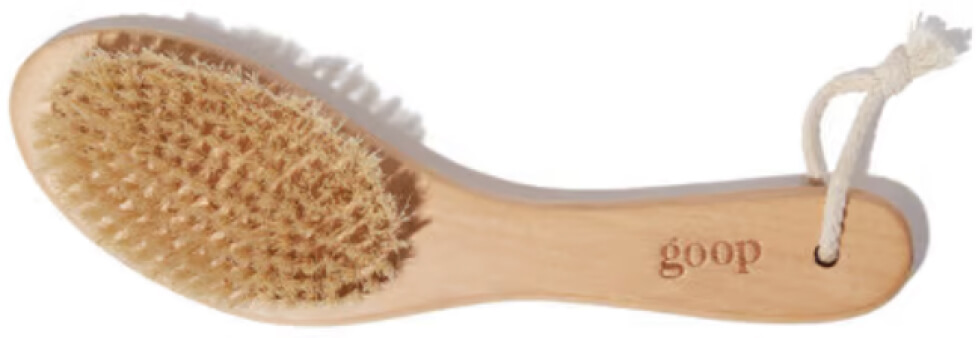 goop Beauty
goop Beauty
G.Tox Ultimate Dry Brush
goop, $25SHOP NOW
Why We Report on Clean Beauty
These stories give a good overview about what’s going on in the industry—and what’s at stake. Note: Farther down in this story, we’ve also included a number of buying guides in specific categories, like deodorant and face oil.
-
When Your Hair Is Killing You
-
The 8 Best Clean Sunscreens
-
Understanding—and Avoiding—Toxic Sunscreens
-
The 2022 Guide to Mineral Sunscreen (for Every Skin Tone)
-
Why Perfume Is the Last—and Perhaps Most Important—Frontier in Clean Beauty
-
Endocrine Disruptors in Perfume, Carcinogenic Baby Powder? A New Documentary on the Beauty Industry
-
8 Rules for Safer Hair Color
We Wrote a Book on Clean Beauty
While what we put on our skin is absolutely important, we know that beauty starts from within. Red lipstick might be the finishing touch, but how we look (and feel) largely depends on our diet and health—what we put into and onto our bodies and how we interact with the world. The ways we navigate stress, environmental factors, rest, and repair all affect our glow. This foundational approach to beauty underlies our book goop Clean Beauty, which begins with these more internal matters, works up to the best skin and hair routines, and ends with the fun stuff—all of it clean, of course.
-
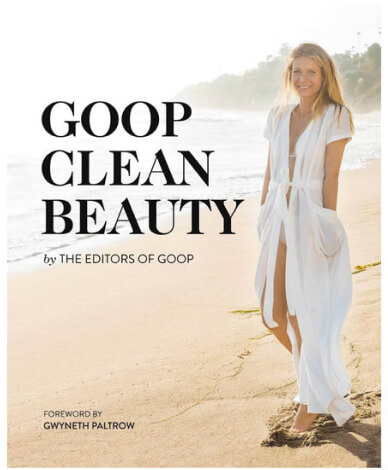 goop Press
goop Press
goop Clean Beauty
goop, $30SHOP NOW
Our Favorite Clean Beauty Products
Each of these guides takes you through the important considerations—chemical versus mineral sunblock, the concern about aluminum in deodorant, etc.—and winnows down the options to our very favorite products.
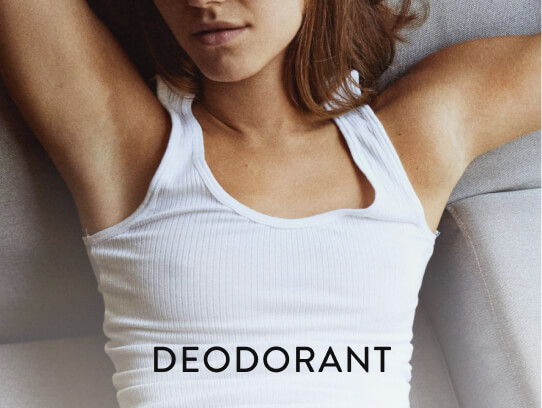
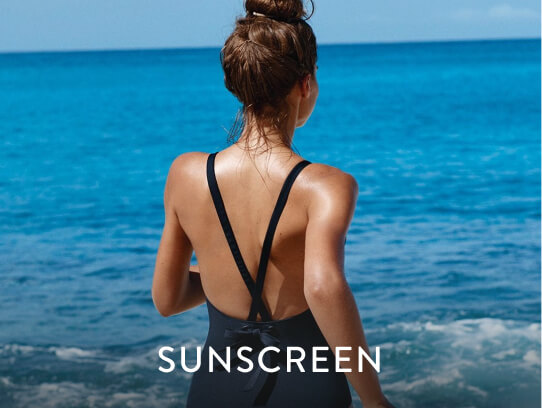
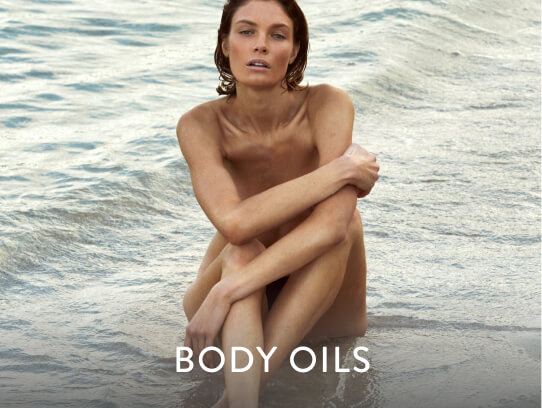
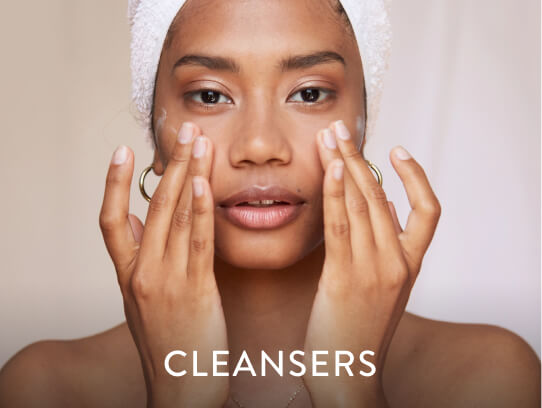
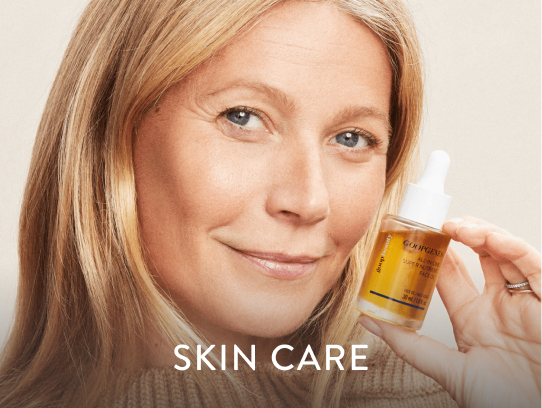
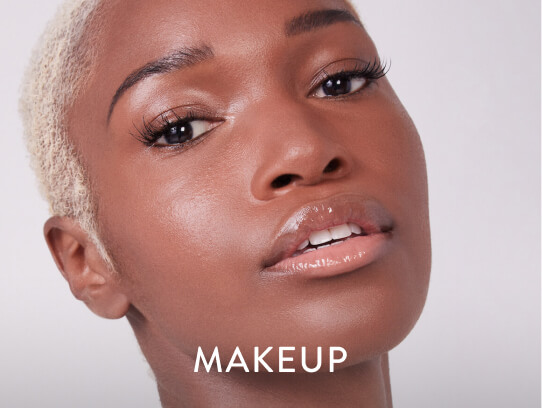
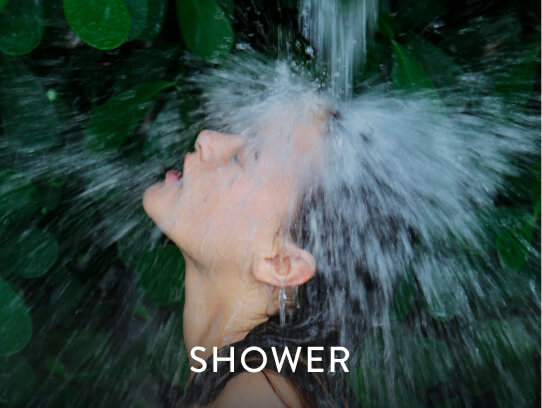
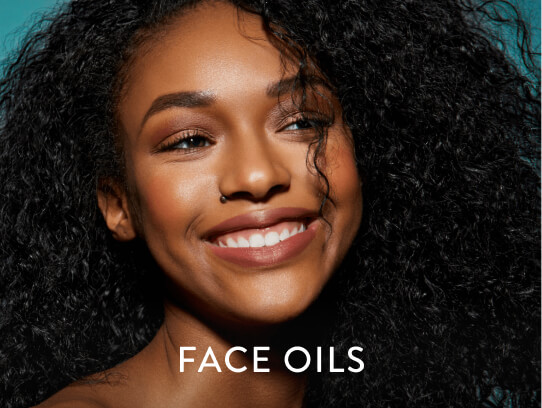
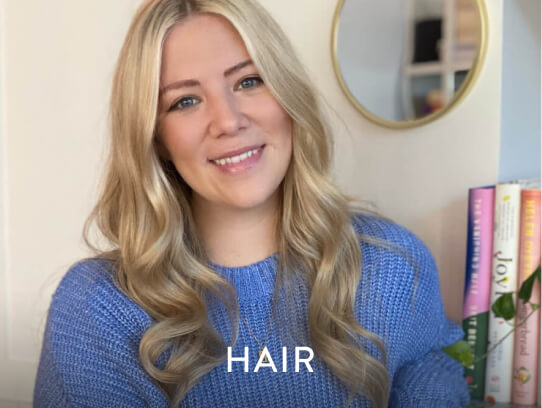

Ritual and Routine
We believe in the power of routines and rituals in many aspects of life, especially when it comes to the self-care that gets us up in the morning and helps us get to sleep at night.
-
GP’s New Overnight Routine
-
Dry-Brushing, a Glowy-Skin Drink, and (Just a Little) Cannabis
-
How Miranda Kerr Balances Business, Breastfeeding, and a Little Gua Sha
-
The Key Is (Really Good) Olive Oil
-
Shiny Hair for Zoom Happy Hour and a Glowy-Skin Two-Step
More on Beauty from the Inside Out
What you put in your body is just as important as what you put on it, so we look at beauty from a 360-degree, whole-body, drink-it, eat-it, smooth-it-on perspective.
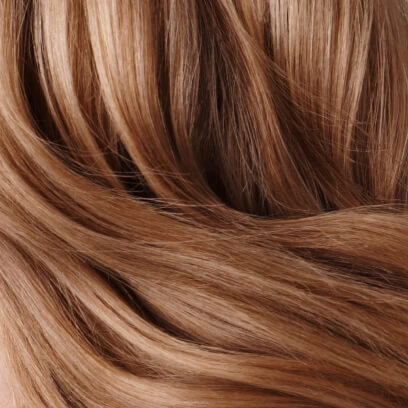
The Key Vitamins and Minerals for Healthy Hair Growth

Why GP Drinks Her Antioxidants
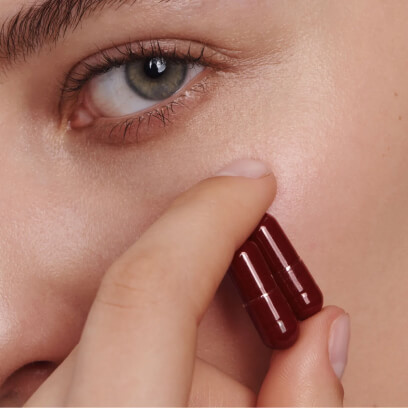
The Comprehensive Multivitamin for Everyday Glow
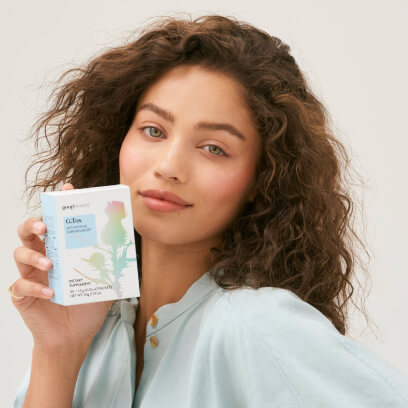
Detox for When We Aren’t Perfect—and It Shows Up on Our Skin
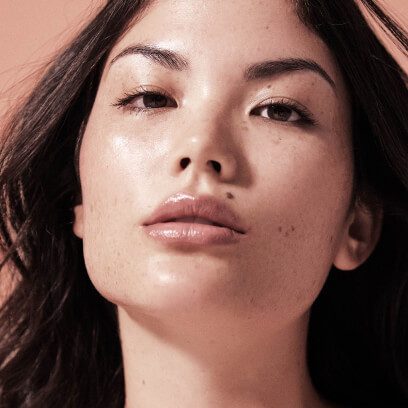
Instant Skin-Flattering Glow (Better than Makeup!)
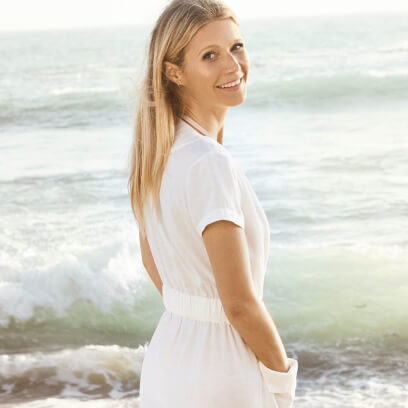
The goop Starter Kit
More On Clean Skin Care
-
What’s Cleanical Skin Care?
-
GP’s Top 5 Products for Glow
-
Clean Beauty Greatest Hits: Our Top 10 Bestsellers
-
The Best Clean Skin-Care Routines (A.M. and P.M.)
-
Where Does Toner Go in My Skin Routine?
-
Easiest-Ever New Habit for 2022
-
Supercharge Your Skin Care with Next-Level Tech
More on Clean Body Care
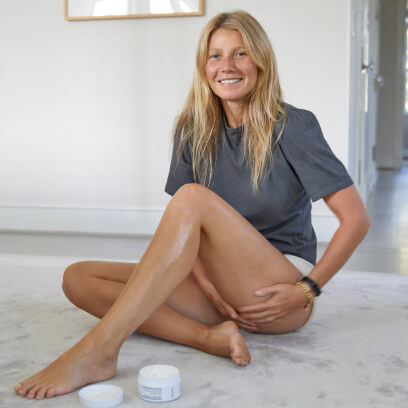
GP and goop Staffers on Feeling Good in Your Own Skin
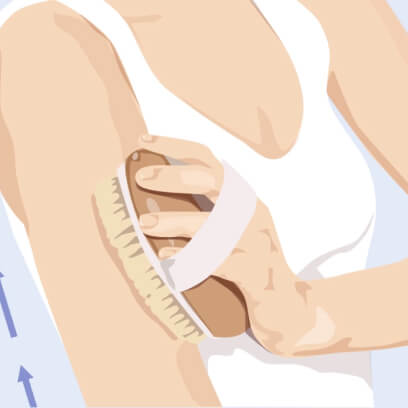
How to Dry Brush—and Why It’s So Potent
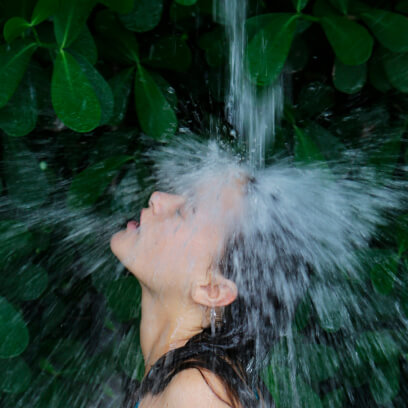
Clean Up Your Shower with Our Favorite Essentials
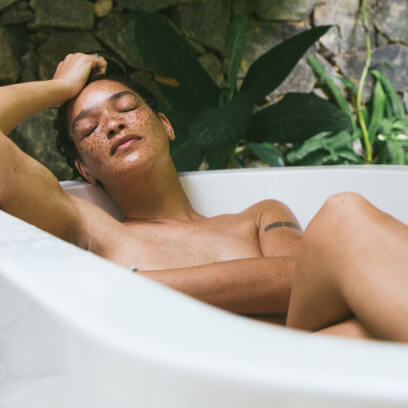
The Ultimate After-Work “Martini” (and What’s in It)
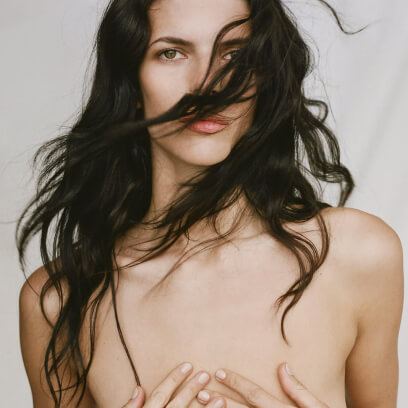
9 Ways to Feel (and Look) Better Naked
More on Clean Hair Care
-
Gwyneth Paltrow’s Glowy Hair Serum Secret
-
Megan Tries It: The Himalayan-Pink-Salt-Shampoo Hair Detox
-
How to Fix Your Roots
-
Ask Jean: Can I Trim My Own Hair—at Home?
-
After Hair Loss, Plenty of Volume, Wave, and Shine
-
7 Great Haircuts and How to Style Them
-
For Shinier, Healthier-Looking Results, Here’s How to Treat Damage
-
How to Give Yourself a Blowout—and Make It Last
-
What Can (Really) Be Done about Hair Loss?











